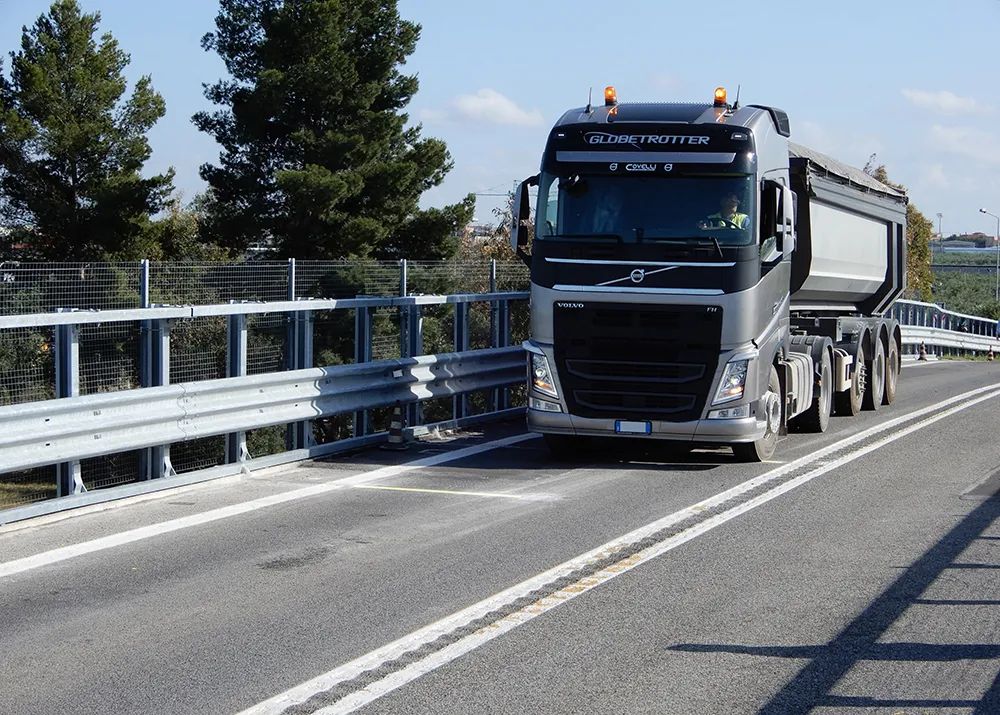Based on its recent analysis of the advanced commercial vehicle safety systems market, Frost & Sullivan has presented DriveCam with the 2013 North America Frost & Sullivan Customer Value Enhancement Award. With its commitment to meet customer needs and enhance customer value, DriveCam provides an innovative, predictive, analytics-based driver safety solution that effectively addresses key challenges faced by transportation businesses in driver safety, regulatory compliance, operational efficiency, and fuel
July 30, 2013
Read time: 2 mins
Based on its recent analysis of the advanced commercial vehicle safety systems market, Frost & Sullivan has presented 4232 DriveCam with the 2013 North America Frost & Sullivan Customer Value Enhancement Award. With its commitment to meet customer needs and enhance customer value, DriveCam provides an innovative, predictive, analytics-based driver safety solution that effectively addresses key challenges faced by transportation businesses in driver safety, regulatory compliance, operational efficiency, and fuel optimisation.
DriveCam's video event recorder-based solution offers transportation businesses unique insights to understand and correct risky driving behaviours. Installed behind the rear view mirror, the DriveCam sensor captures both sight and sound. Using two imagers, one facing the road and another facing inside the vehicle, DriveCam uses the company's RiskPredict analytics technology and the power of video to identify risky driving events. The DriveCam sensor runs continuously but only records and uploads the critical eight seconds before and four seconds after an event has been identified as risky.
DriveCam also combines driver and vehicle performance information with its database of critical events and analytics engine to predict future events before they occur. It analyses volumes of data, providing information that helps fleet managers understand key indicators impacting their fleets and drivers. All recorded data is analysed and posted daily on DriveCam Online, a web-based SaaS application, enabling fleet managers to provide consistent and timely feedback to their drivers. In addition to driver improvement, DriveCam's solution has resulted in fuel savings of up to 12 per cent, as well as reduced maintenance costs.
"Most safety solutions in the commercial vehicle industry are focused on improving the vehicle's safety, unlike DriveCam, which focuses on the drivers and improving their driving behaviours," said Frost & Sullivan industry analyst Wallace Lau.
DriveCam's video event recorder-based solution offers transportation businesses unique insights to understand and correct risky driving behaviours. Installed behind the rear view mirror, the DriveCam sensor captures both sight and sound. Using two imagers, one facing the road and another facing inside the vehicle, DriveCam uses the company's RiskPredict analytics technology and the power of video to identify risky driving events. The DriveCam sensor runs continuously but only records and uploads the critical eight seconds before and four seconds after an event has been identified as risky.
DriveCam also combines driver and vehicle performance information with its database of critical events and analytics engine to predict future events before they occur. It analyses volumes of data, providing information that helps fleet managers understand key indicators impacting their fleets and drivers. All recorded data is analysed and posted daily on DriveCam Online, a web-based SaaS application, enabling fleet managers to provide consistent and timely feedback to their drivers. In addition to driver improvement, DriveCam's solution has resulted in fuel savings of up to 12 per cent, as well as reduced maintenance costs.
"Most safety solutions in the commercial vehicle industry are focused on improving the vehicle's safety, unlike DriveCam, which focuses on the drivers and improving their driving behaviours," said Frost & Sullivan industry analyst Wallace Lau.









